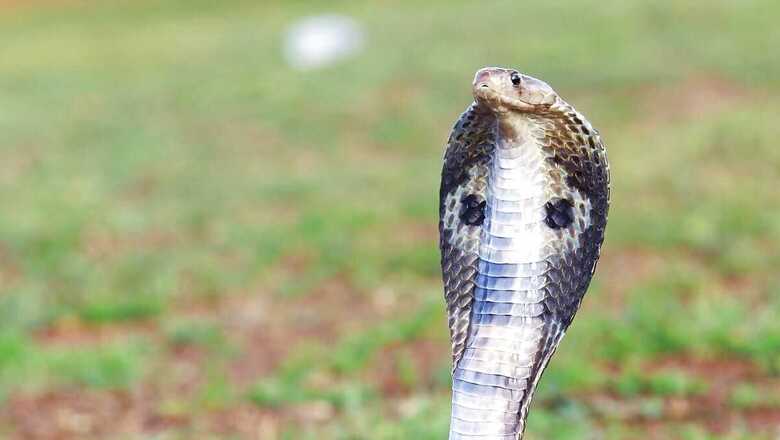
views
Snakes, long objects of fascination in human folklore and mythology, display a unique behaviour known as ophiophagy, or the consumption of other snakes. This phenomenon is primarily observed in several snake species, with the King Cobra being a notable example. Named for its diet, the King Cobra preys on other venomous snakes, including kraits and cobras. Predominantly found in India, South China, and parts of Southeast Asia, the King Cobra can grow up to 18 feet in length and is recognised for its lethal venom and considerable hunting prowess.
The practice of eating other snakes helps reduce competition for food resources and ensures a steady supply of prey. In addition to the King Cobra, the Eastern Kingsnake in North America is another example of a snake that preys on other snakes. Unlike the King Cobra, the Eastern Kingsnake is immune to the venom of various dangerous species such as rattlesnakes. Utilising constriction to kill, the Kingsnake wraps around its prey, suffocating it – a particularly effective method against other snakes that cannot escape its strong grip.
Intra-species predation, or cannibalism among snakes, also occurs. Factors such as food scarcity, stress, and territorial disputes can lead to snakes consuming members of their own species. African rock pythons, for instance, have been documented eating smaller individuals of their kind during periods of food shortage. As one of the largest snake species, growing over 20 feet long, the African rock python’s size and strength enable it to overpower and consume other large snakes.
Stress and inadequate living conditions further contribute to such behavior. A study published in ‘Herpetological Review’ highlights that in captivity, overcrowded spaces, and poor housing conditions increase the likelihood of snakes eating one another. Snakes kept in small enclosures with limited hiding spots are particularly prone to this aggressive behaviour.
This behaviour among snakes underscores the complex dynamics of survival and adaptation in the reptile world.


















Comments
0 comment